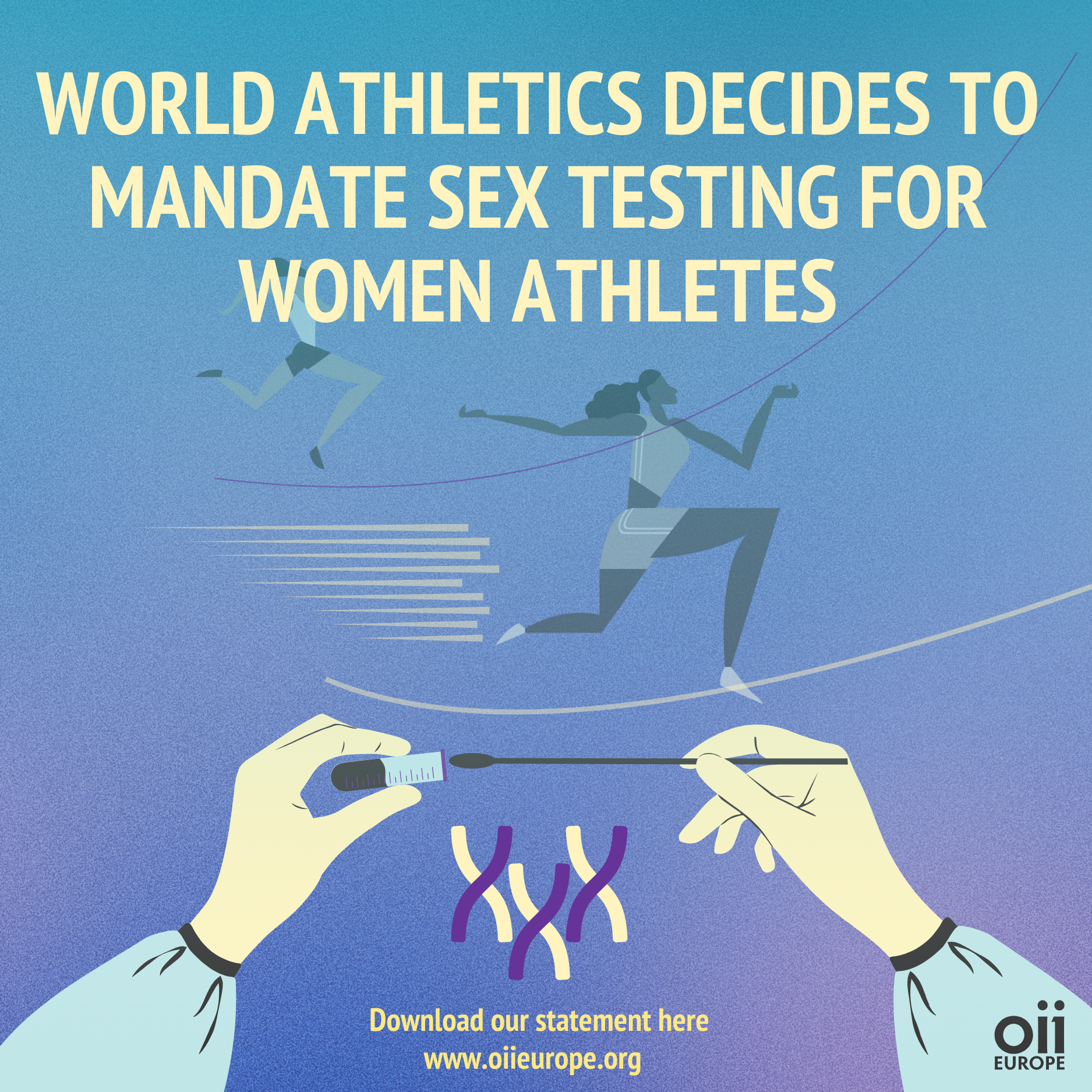On 25 March 2025, World Athletics announced that it will introduce new restrictive “pre-clearance requirements” following approval at the most recent World Athletics Council meeting, to mandate DNA testing for all athletes who wish to participate in the women’s competition.
The new requirements would ask athletes to take a cheek swab test to look for the SRY gene. A dried blood spot test could also be used to determine an athlete’s testosterone levels.
These developments follow on from the stakeholder consultation launched by World Athletics in February 2025, which sought to revise the eligibility criteria for the Female Category at the elite level, alongside revisions to the existing DSD (Differences of Sex Development) and Transgender Regulations.
Led by World Athletics’ Working Group on Gender Diverse Athletes, the revision claimed to be based on “new scientific evidence” and, according to the Federation’s president Sebastien Coe, is intended to “preserve the integrity of the Female Category in sports”.
However, SRY testing, the very same method that is now celebrated as the new epitome of fairness, is flawed: on one hand the SRY gene does not only appear on Y-chromosomes, it can also occur, in rarer cases, on XX chromosomes; it can be active in its function of initiating testicular cell growth but it can also appear without this function being active; furthermore the testing does not take into account that some intersex people are fully resistant to androgenes (testosterone), despite having XY chromosomes[1].
In addition, as Pieper, Schultz & Krieger highlight, testing for the SRY gene is not new. Indeed, World Athletics had already introduced it in the 90s of the last century. Back then, the harm resulting from the impact of the sex testing was enough to terminate the practice after 7 years:
“At the 1992 Barcelona Games, twelve athletes exhibited the SRY gene. Upon further analysis, however, experts determined that one sample was a false positive, six samples identified the wrong gene, and five samples were from athletes with DSDs. Four years later, at the centennial Olympic Games in Atlanta, the tests inaccurately identified eight women, who were all eventually cleared to compete. The faulty tests and resultant harms caused to athletes finally pushed the IOC to terminate the practice in 1999.”[2]
World Athletics now requires female intersex athletes (‘DSD’ athletes according to the World Athletics terminology) whose bodies produce high testosterone levels to lower them in order to be eligible. In regards to testing levels of testosterone, the decision has been taken despite the absence of scientific consensus on whether higher testosterone levels in trans and intersex women provide a performance advantage, or whether there are any supposed advantages resulting from trans women athletes having undergone male puberty. Scientific evidence shows that a multitude of factors inform and impact athletic performance and testosterone is only one of many factors (e.g. oxygen uptake, capillary density, or the ability to tolerate high levels of lactic acid) that impact performance. Already in 2016, in the 33rd session of the Human Rights Council, the United Nations Special Rapporteur on Health therefore affirmed that “there is insufficient clinical evidence to establish that those (intersex) women are afforded a ‘substantial performance advantage’ warranting exclusion”.
The current World Athletics president, Sebastien Coe, says that World Athletics will “doggedly” protect the female category. In the light of all the above, it is not fully understandable what he actually means with this statement: Intersex women are women. It is shameful that powerful sports federations such as World Athletics misuse selected academic research as so-called “scientific evidence” to decide who qualifies and who doesn’t as a “real” woman.
The decision to once again revise and further restrict the exclusionary eligibility criteria – which were last revised only in 2023 – is no doubt encouraged by the ongoing global targeting of the human rights of LGBTI people and the current political situation in the US, including the Executive Order signed by US President Trump to ban all trans women athletes from sports.
Furthermore, the new regulations blatantly ignore the impact that such restrictive rules will have on children and teenagers. There is no doubt that the new rules will keep young people from participating in any kind of sports, when faced with the knowledge that they will have to undergo invasive procedures in order to be able to compete on top level once their talent and abilities begin to show. It is concerning that these decisions are also taken without any solid scientific evidence demonstrating what the long term effect of those measures can have on the bodies of young athletes, should they decide to concede to the new requirements.
Sport has the power to transform lives. Sports empower intersex people, offer a sense of community, build essential social skills, and help dispel entrenched notions about the capacities and limits of the body. All women and girls deserve the right to participate in sports free from abuse, violence, and discrimination no matter their gender identity or sex characteristics. Women and girls in all their diversity, deserve the right to compete safely, equitably, and with dignity.
OII Europe expresses its unwavering commitment to upholding the human rights of intersex athletes, from the elite to the community level, where the majority of participation in sports lies, ensuring that athletes in all their diversity can compete in sports without discrimination or exclusion. We strongly oppose the increasing over-policing, medicalisation, and pathologisation of intersex women’s bodies under the guise of fairness. Requirements to invade peoples’ bodies affects everyone’s bodily autonomy negatively. Attempting to biologically classify and categorise people is a dangerous and slippery slope. These new restrictive criteria are not about protecting sport – they are about control.
As World Athletics Vice President Arne Ljungqvist pointed out in his autobiography, referencing the battle to put an end to gender testing in the 90s of the last century: “Gender testing was a flagrant abuse, nothing else”[3] – and this is as true today as it was back then.
[2] Pieper, Schultz, Krieger 2025; https://idrottsforum.org/feature-pieperetal250403/


